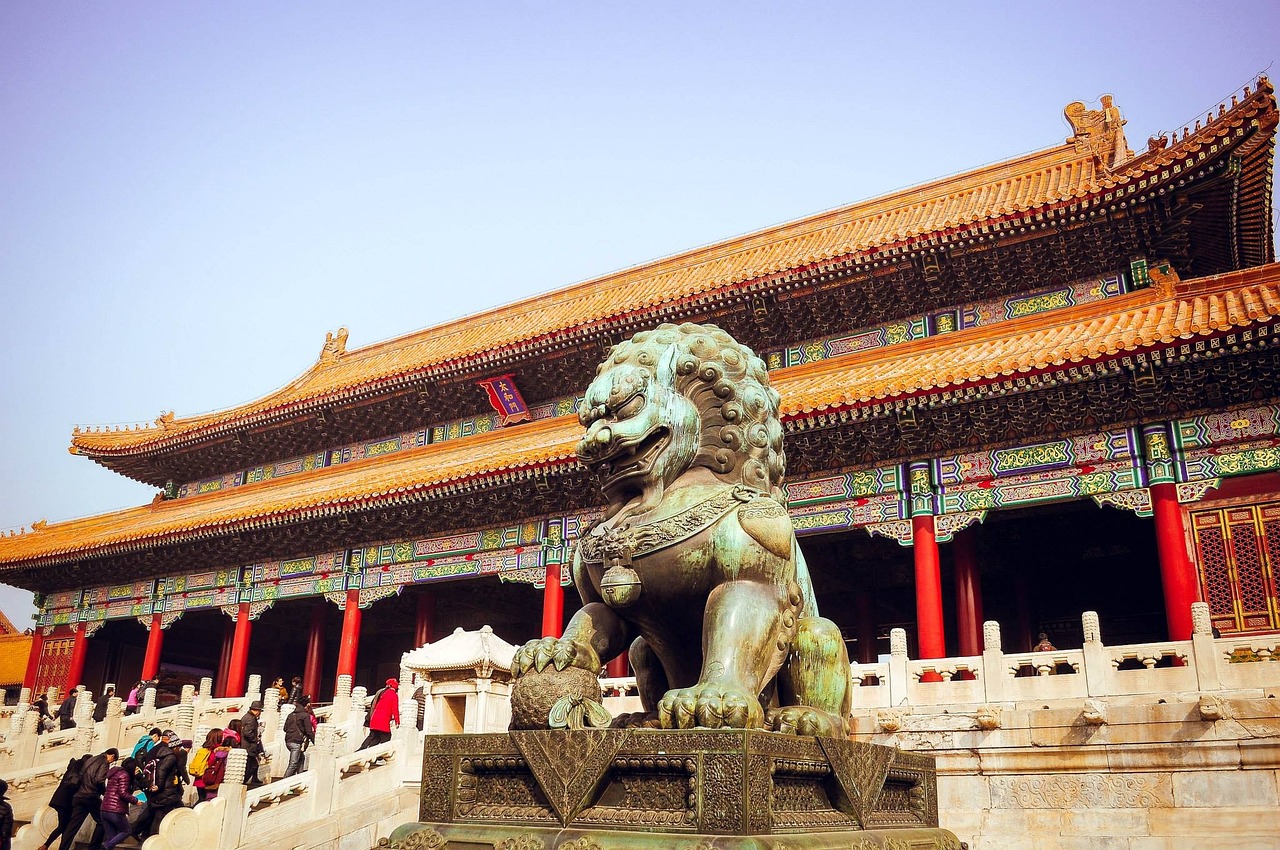Preserving Cultural Heritage: The Importance of Responsible Tourism
Cultural heritage plays a pivotal role in shaping our identities and connecting us to our roots. It embodies the traditions, customs, beliefs, and values passed down through generations, providing a sense of belonging and continuity in a rapidly changing world. By preserving and showcasing cultural heritage sites, museums, artifacts, and practices, we not only honor our past but also enrich our present and future.
Furthermore, cultural heritage is a reflection of the diversity and richness of human societies worldwide. It fosters mutual understanding, tolerance, and respect among different cultures, promoting peace and harmony. By appreciating and embracing cultural heritage, we can learn from the past, celebrate our differences, and build bridges of solidarity that transcend borders and unite us as global citizens.
Responsible Tourism Practices
As travelers, it is crucial to be mindful of our impact on the destinations we visit. By engaging in responsible tourism practices, we can help preserve the cultural heritage of these places for future generations. This involves respecting the local customs, traditions, and environment, and making conscious choices that benefit both the community and the ecosystem.
One of the key aspects of responsible tourism is supporting local businesses and artisans. By purchasing goods and services from the local community, travelers can contribute directly to the economy and help sustain traditional crafts and practices. This not only provides a more authentic experience for visitors but also helps to preserve the cultural identity and heritage of the destination.
Impact of Tourism on Cultural Preservation
Tourism can have a profound impact on the preservation of cultural heritage around the world. As visitors flock to historical sites and cultural landmarks, there is a delicate balance between the economic benefits of tourism and the potential harm it can cause to these significant locations. The influx of tourists can lead to overcrowding, pollution, and wear and tear on the infrastructure, resulting in a detrimental effect on the preservation of cultural sites.
Furthermore, the commercialization of cultural heritage to cater to the demands of tourists can sometimes dilute the authenticity and significance of these sites. When cultural attractions are exploited for commercial gain, there is a risk of losing the true essence and value of the heritage being showcased. It is essential for tourism industry stakeholders and local communities to collaborate effectively in implementing sustainable practices that prioritize the conservation and protection of cultural heritage for future generations.
• Overcrowding, pollution, and wear and tear on infrastructure can harm cultural sites
• Commercialization of cultural heritage for tourists can dilute authenticity
• Collaboration between tourism industry stakeholders and local communities is essential for sustainable preservation efforts.
Why is cultural heritage significant?
Cultural heritage is significant because it represents a community’s history, traditions, and identity. It plays a crucial role in preserving and transmitting values from one generation to the next.
How can responsible tourism practices help in preserving cultural heritage?
Responsible tourism practices involve respecting local customs, traditions, and the environment. By supporting local businesses, engaging with the community in a respectful manner, and minimizing negative impacts, tourists can contribute to the preservation of cultural heritage.
What are some of the negative impacts of tourism on cultural preservation?
Tourism can lead to cultural commodification, loss of authenticity, gentrification, and erosion of traditional practices. Overcrowding, pollution, and commercialization can also have detrimental effects on cultural heritage sites.
What can be done to mitigate the negative impacts of tourism on cultural preservation?
Implementing regulations, promoting sustainable tourism practices, encouraging community involvement, and raising awareness about the importance of cultural heritage are some ways to mitigate the negative impacts of tourism on cultural preservation. Collaboration between stakeholders, including governments, local communities, and tourists, is essential in achieving this goal.





